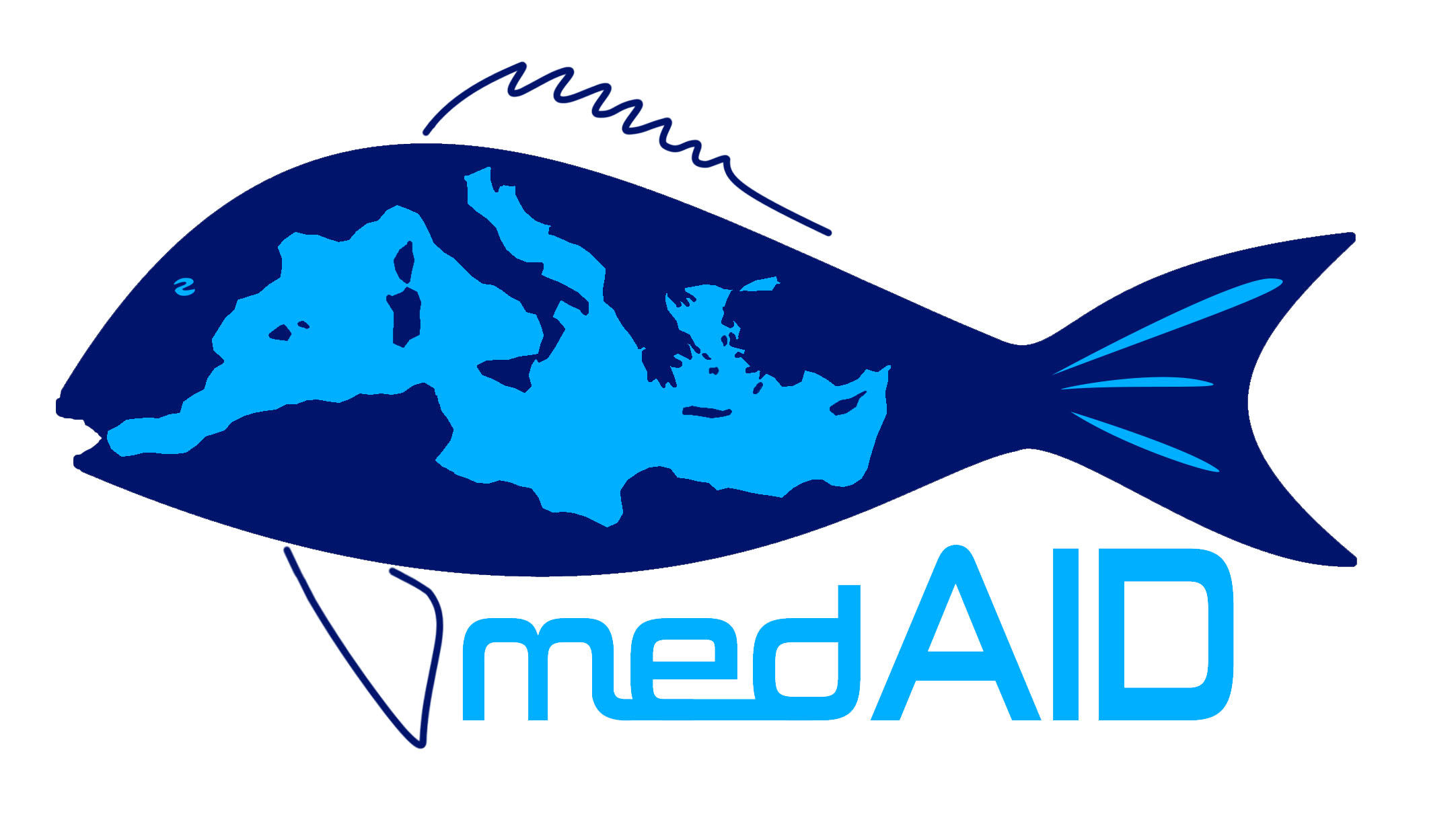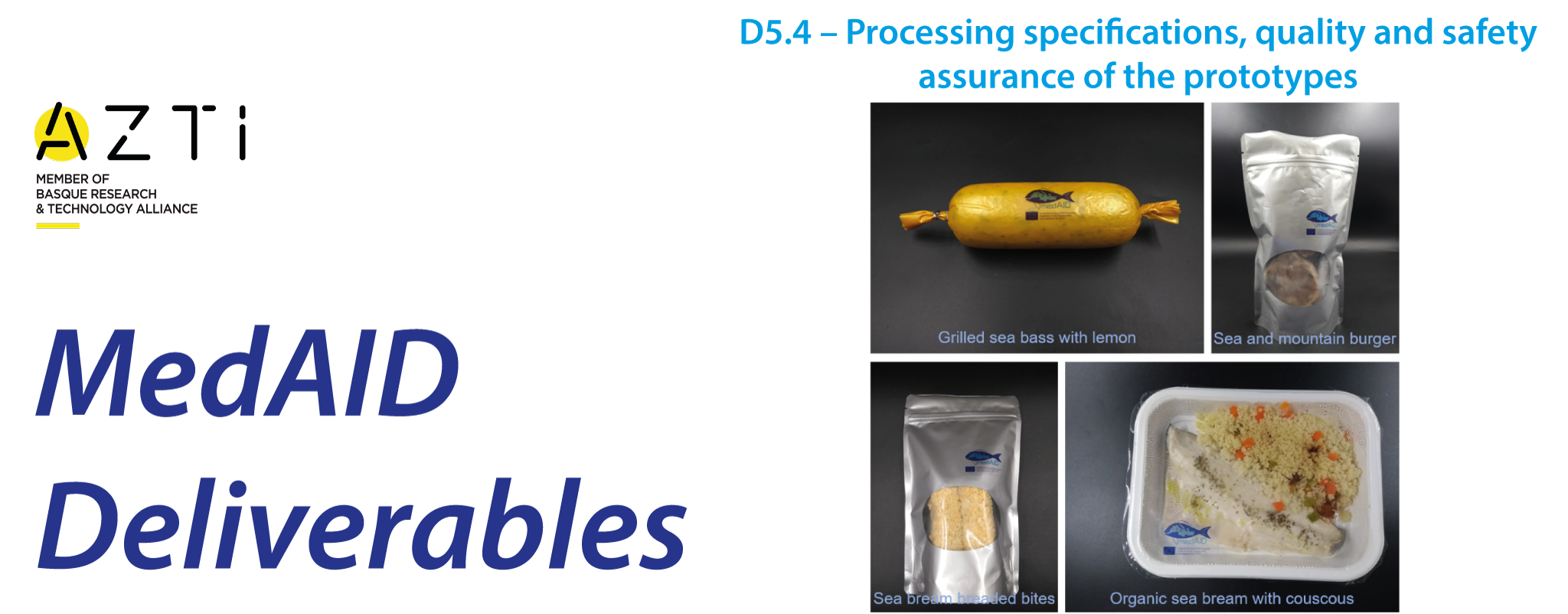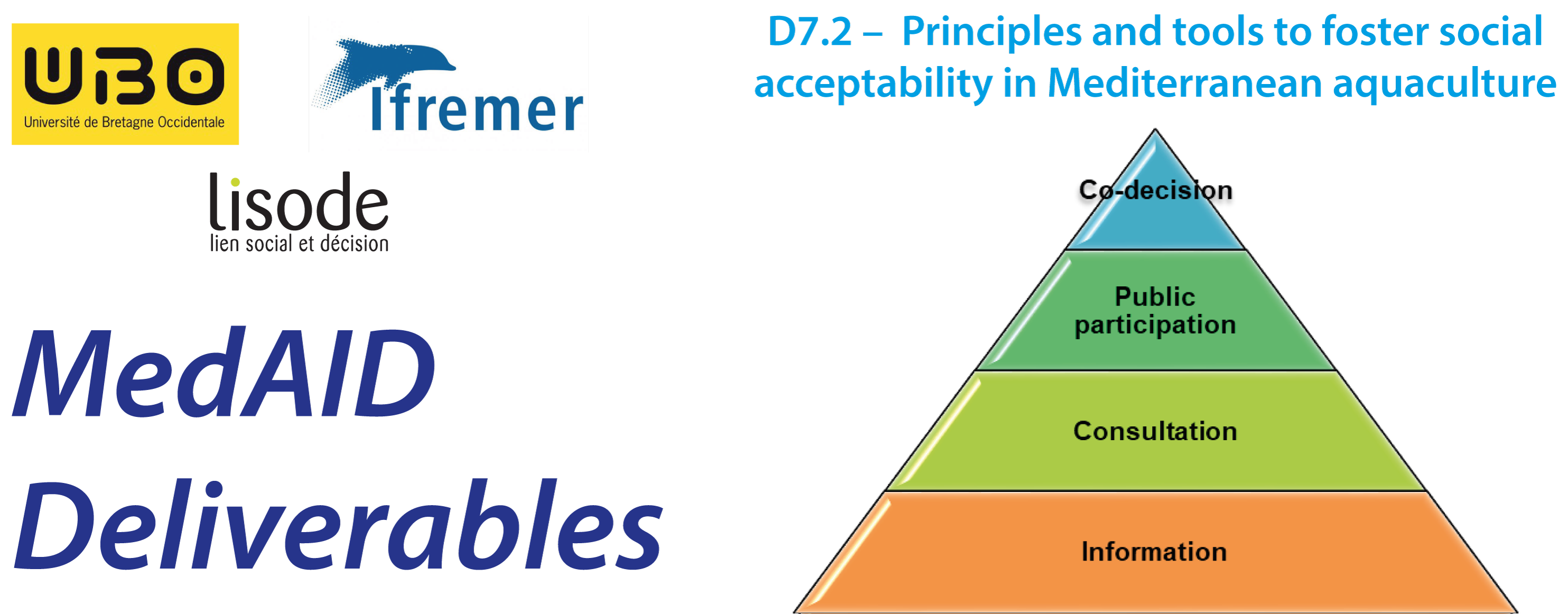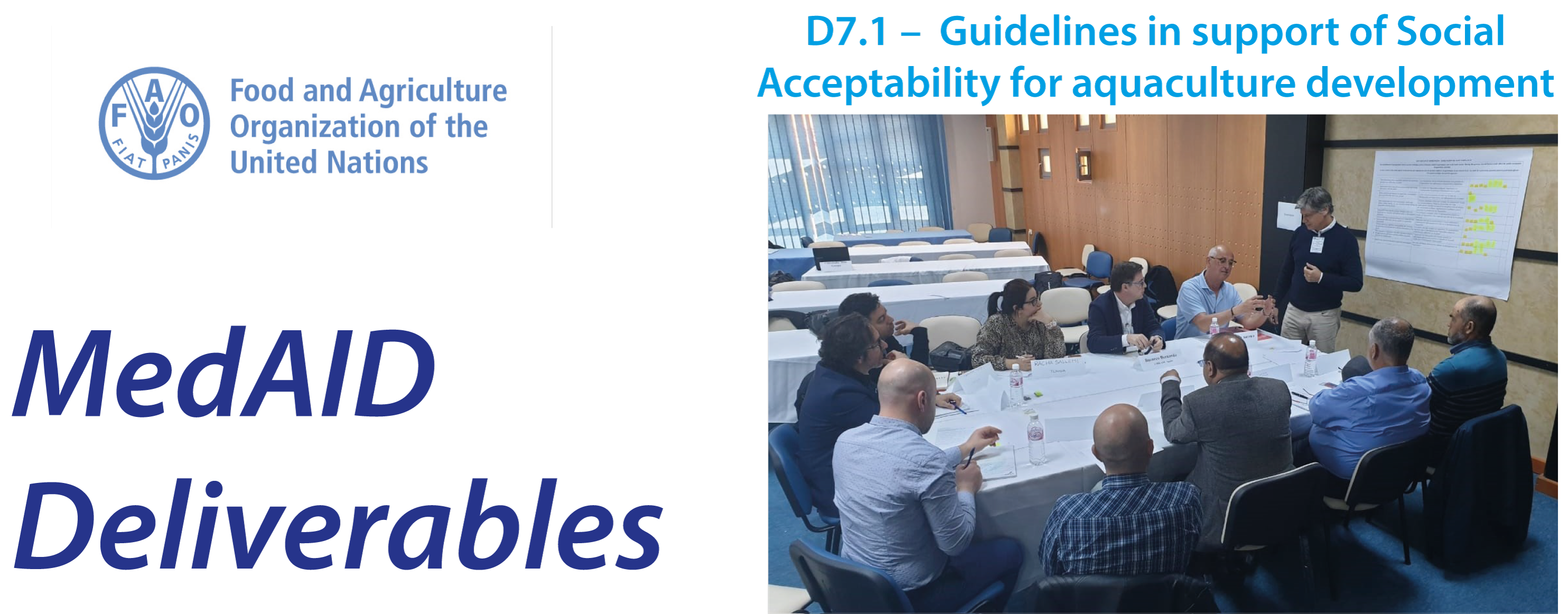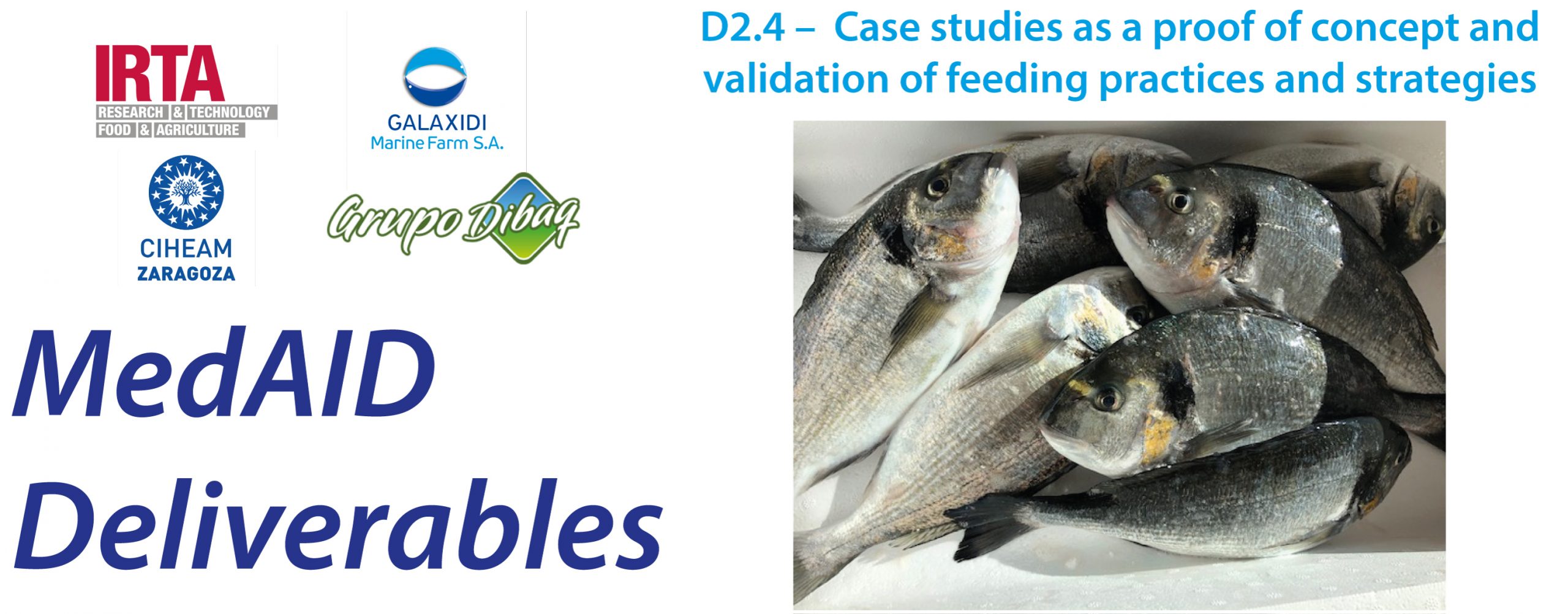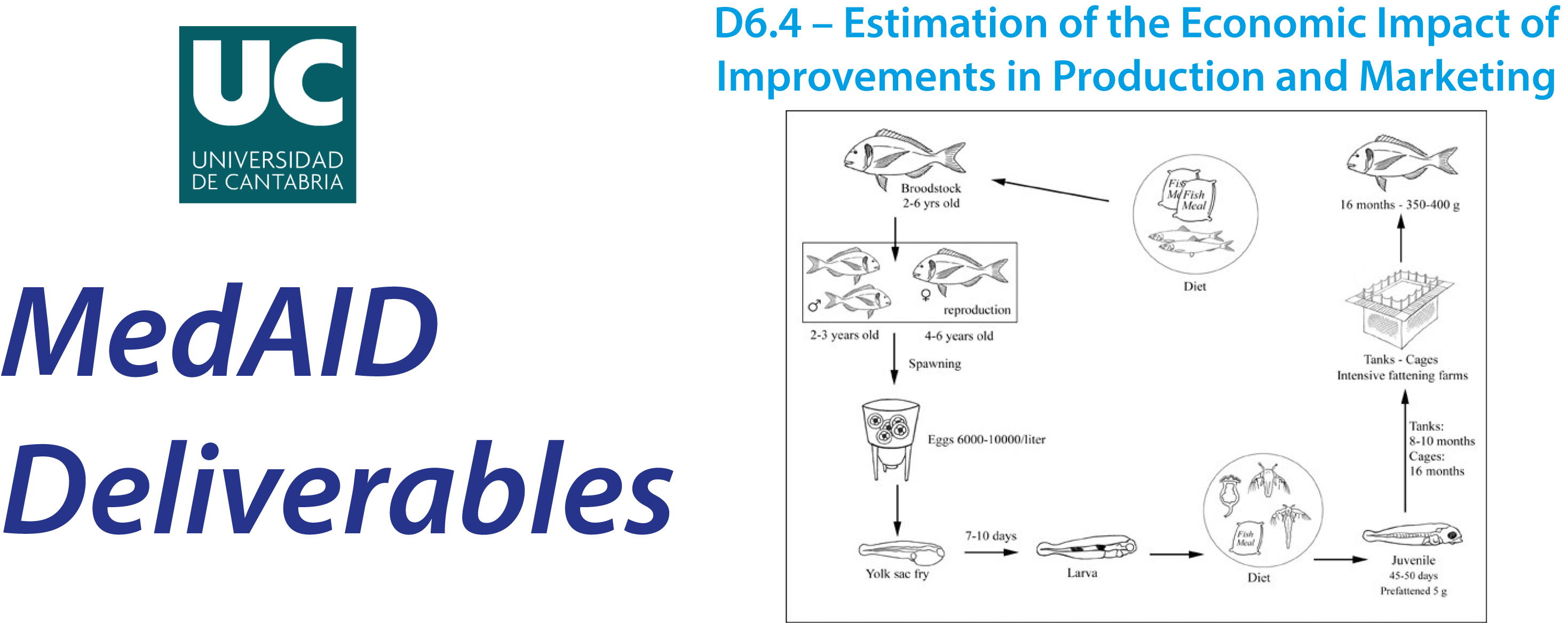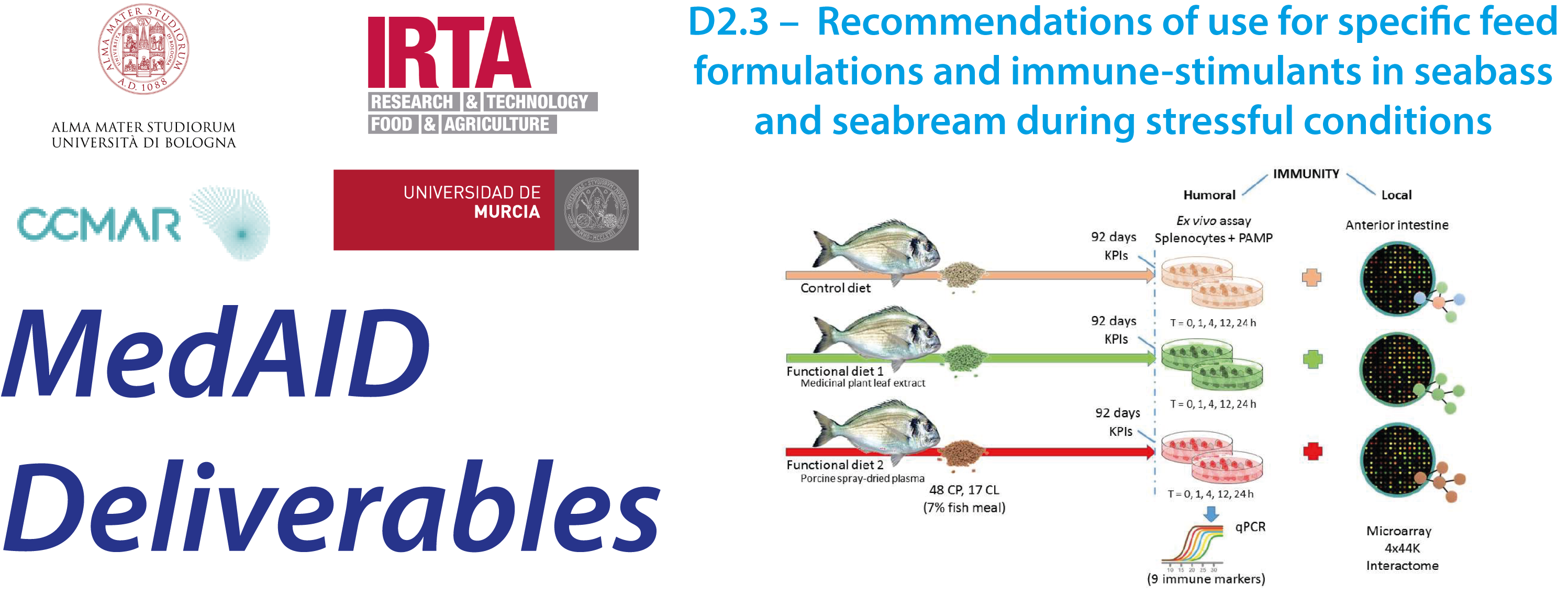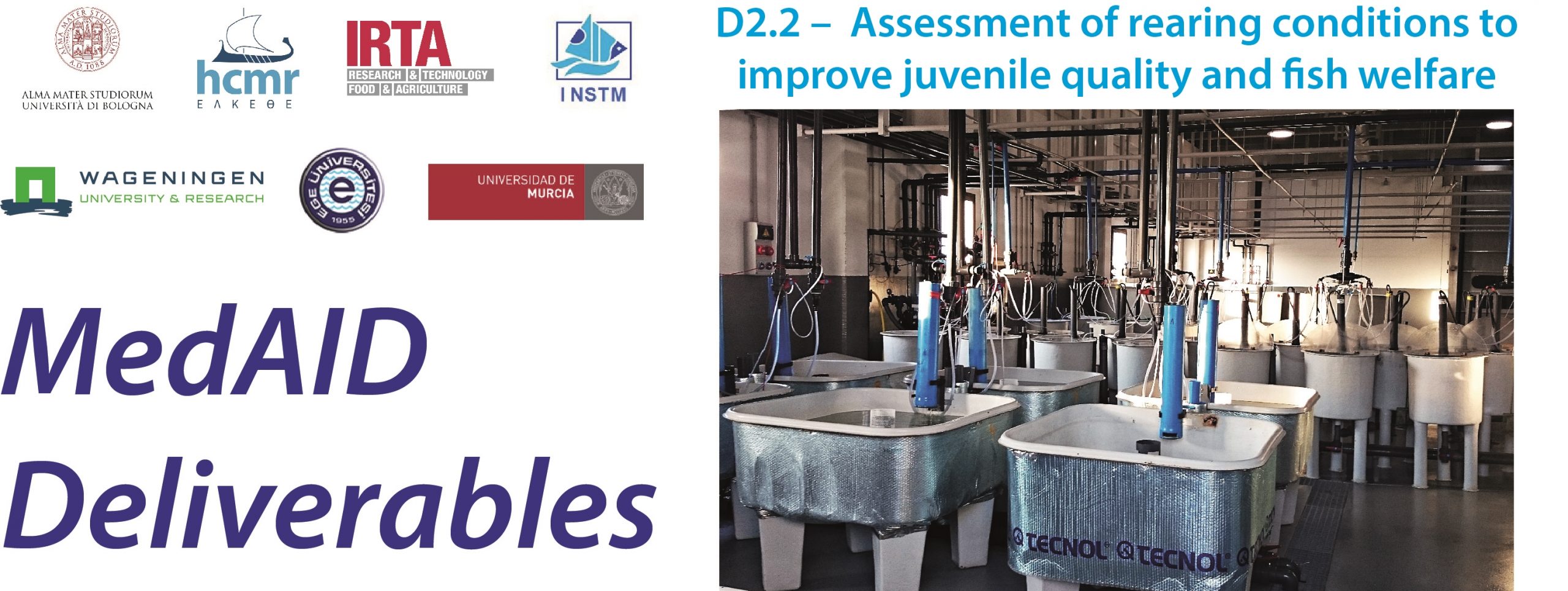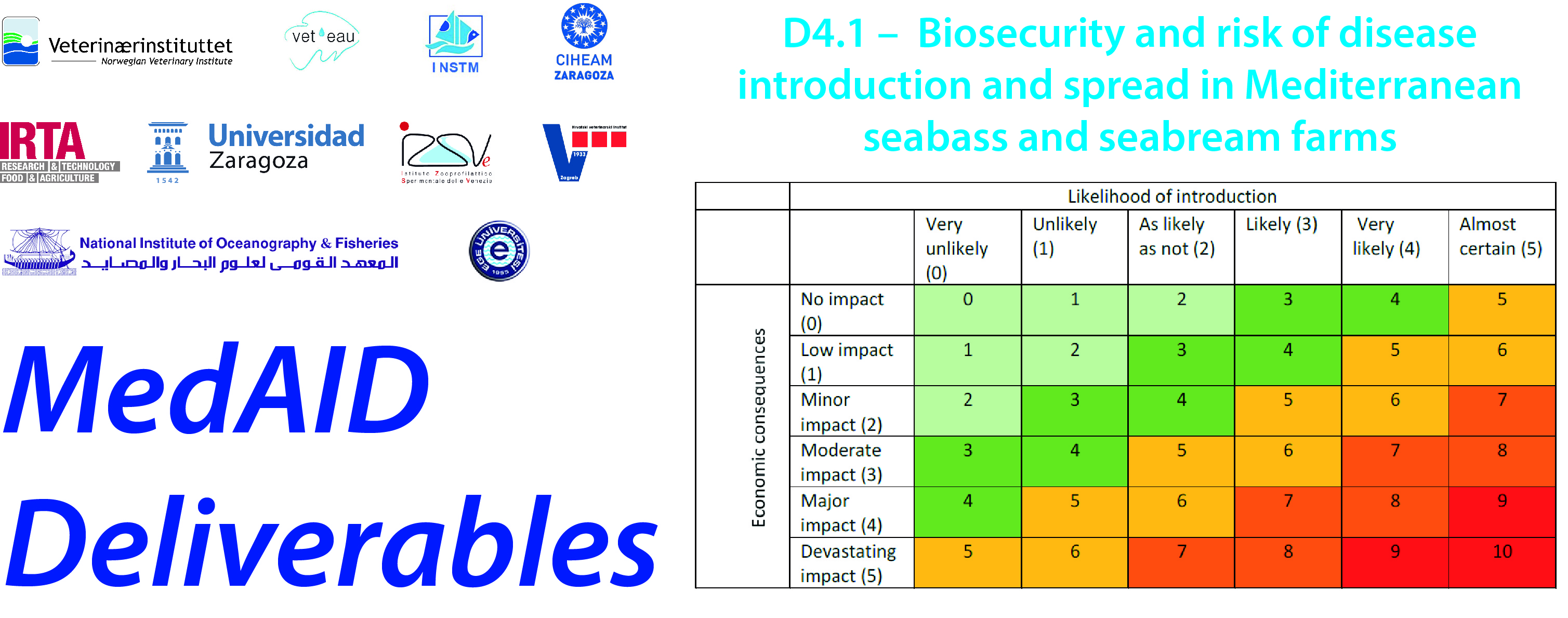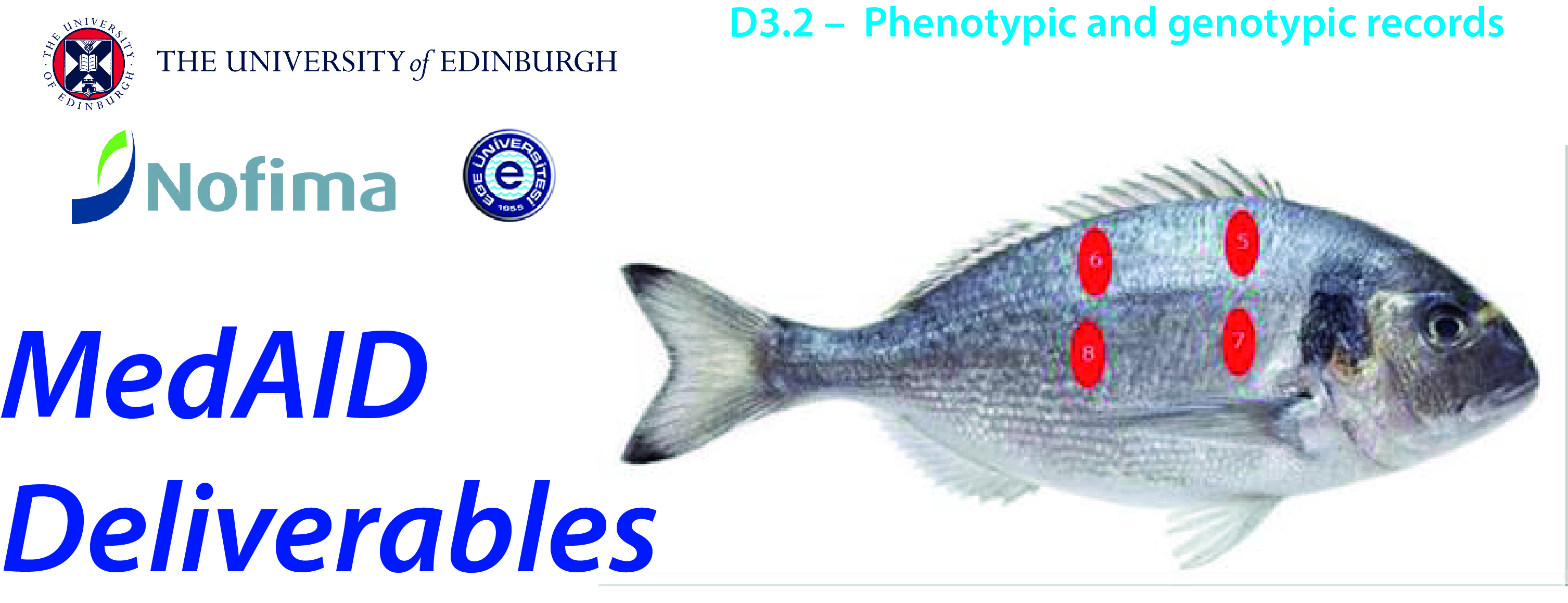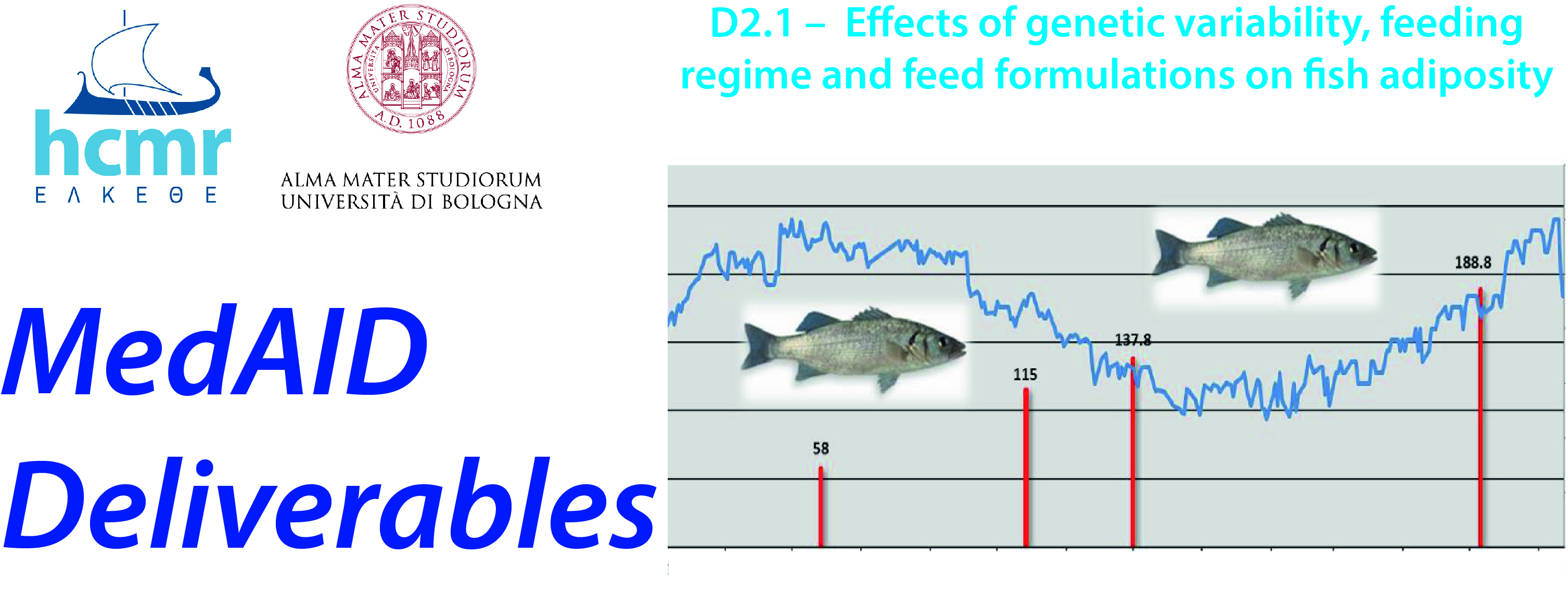Innovation and development of new products for exisiting and new markets is clearly needed for a long-term competitive supply-demand equilibrium of Mediterranean marine aquaculture. As in the rest of the food industry, the improvement of the competitiveness and sustainability of the sector is governed by current consumer trends, which translates into the need to transform aquaculture species to offer consumers the safe, quality and convenience products they demand.
MedAID’s WP5 aims to explore and validate the technical and market feasibility of developing different product alternatives of main Mediterranean aquaculture marine fish, by identifying the best market solutions, transforming fish into new value-added and tailor-made products to satisfy the needs of different consumer profiles (children, senior, gourmet/premium, ethnic etc.), while adapting to the needs of diverse food and fish market channels.
The aim of the work developed in Task 5.3.4. ”Food fish prototypes pre-scale-up needed for market validation”, and reported in this report (Deliverable 5.4) was to determine the optimum production process for product technical quality and safety and to elaborate the food prototypes needed for market validation with consumers in Spain, France and Germany (Task 5.4.1.). Four prototypes out of the eight new products previously designed in the Task 5.3 (Deliverable 5.3. ”Development of new added value fish prototypes at pilot-scale for different fish market channels” [Peral et al., 2020]), were selected for optimization and production at pre-industrial scale at AZTI´s plant through short production runs, followed by a market validation step so as to study the sensory acceptability, consumer preferences, food packaging and purchase intention among other parameters.Continue reading
